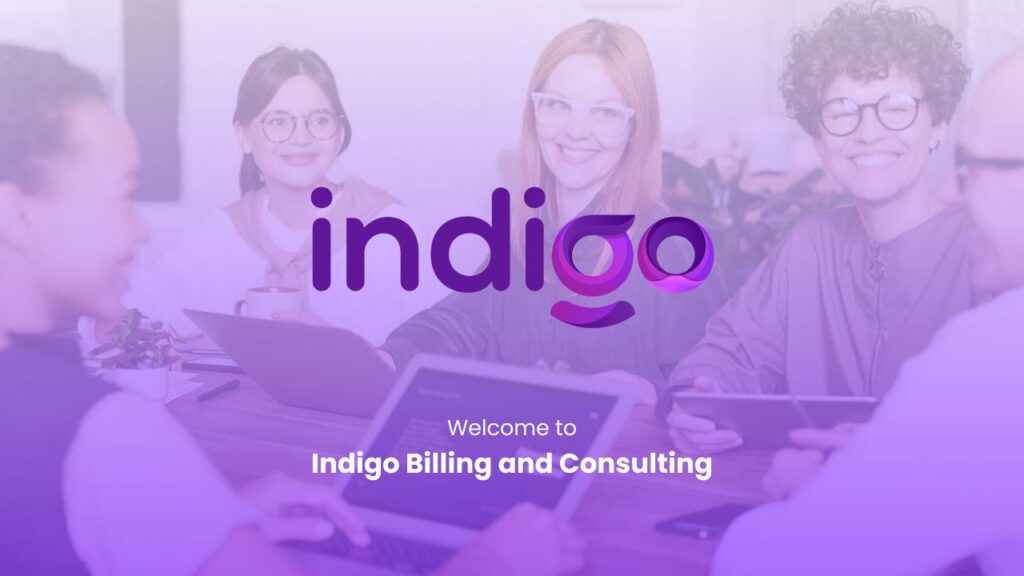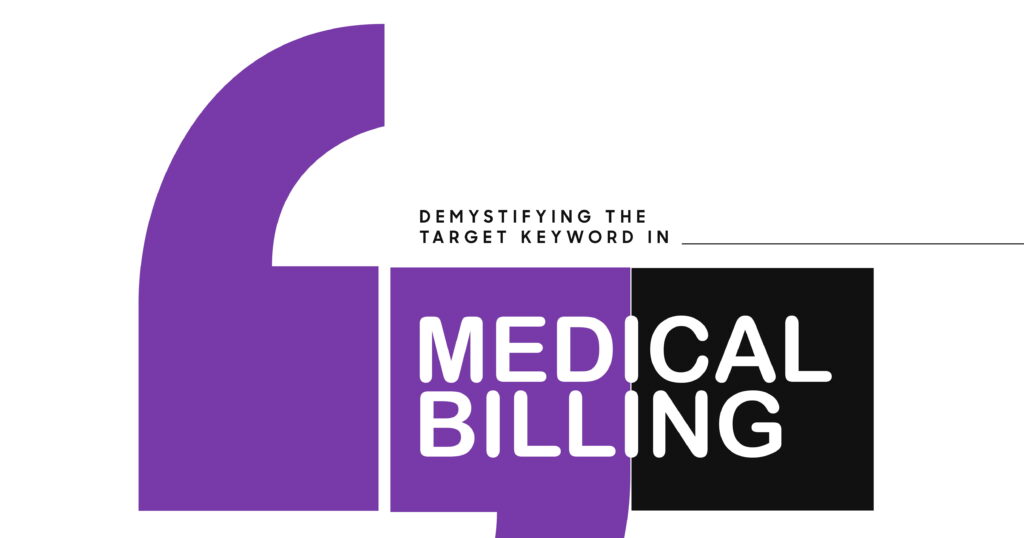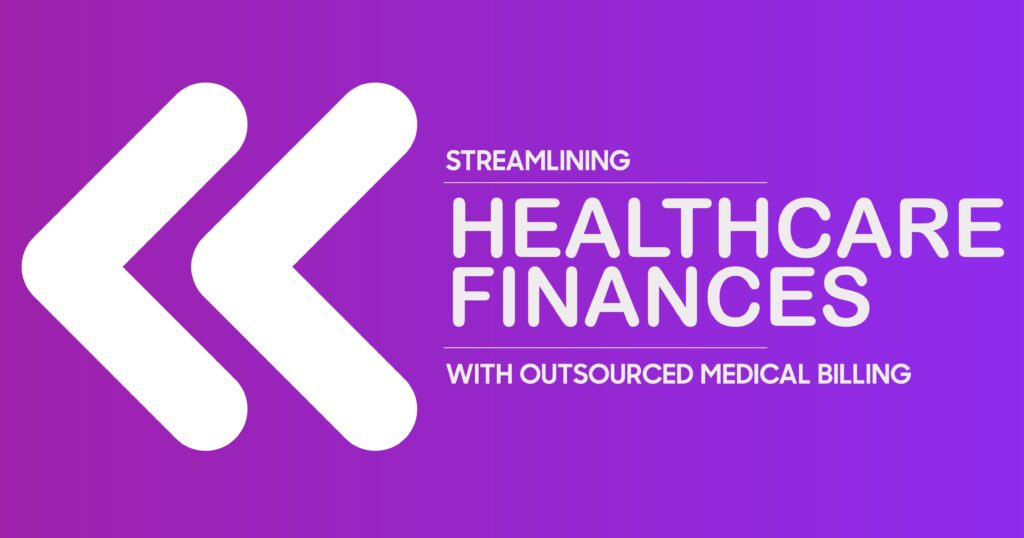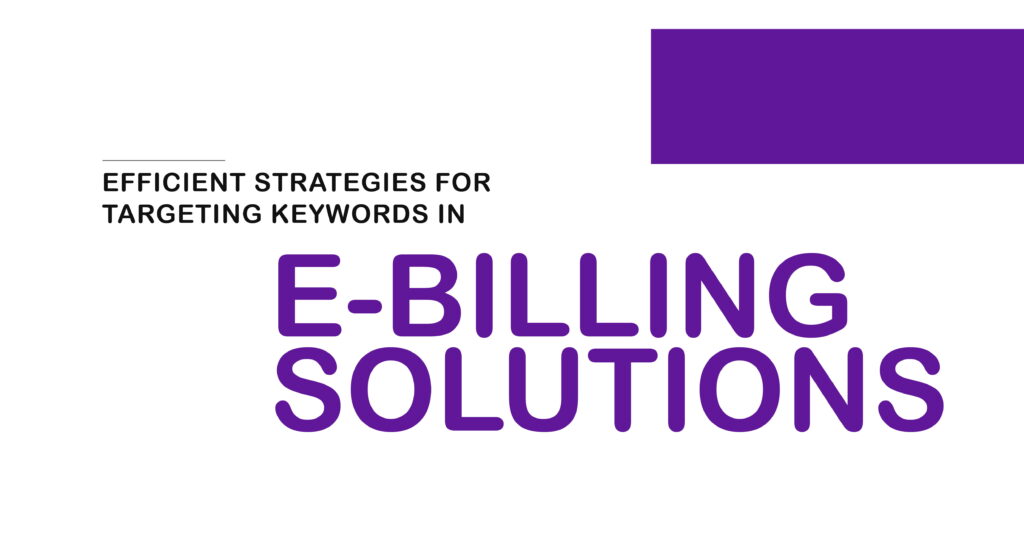The medical billing process often feels like an intricate puzzle, full of moving parts that must fit together seamlessly for providers to get reimbursed and patients to receive clear statements. At its core, it involves collecting patient information, verifying eligibility, assigning accurate medical coding, submitting claims to payers, and managing denials when they occur. While straightforward in theory, this process is layered with regulatory demands, payer-specific rules, and rapidly changing technologies that require constant adaptation.
In this blog, we’ll discuss the essential steps, challenges, and future directions of the medical billing process, showing how practices can use smarter solutions, like those offered by Indigo Billing, to stay ahead.
Key Steps in the Billing Process
Every healthcare provider relies on a well-structured medical billing process to ensure financial sustainability. Here’s a look at the typical flow:
- Patient Registration and Eligibility Verification. Collecting demographic details and confirming patient eligibility with insurance providers ensures claims won’t be denied later due to coverage issues.
- Medical Coding. Assigning accurate medical coding (ICD-10, CPT, HCPCS codes) ensures the services rendered are properly documented for payer review. Coding accuracy directly impacts reimbursement rates.
- Claim Submission. Once coded, claims are prepared and sent to insurance companies. Claim submission can occur electronically through clearinghouses or manually, though electronic methods reduce errors.
- Payer Adjudication. Insurance companies assess the claim for compliance with contracts, medical necessity, and coverage guidelines.
- Payment Posting and Patient Billing. Approved payments are posted, and patient statements are generated for any balances due.
- Denial Management. If claims are rejected, denial management processes are initiated to resolve errors, appeal decisions, or resubmit corrected claims.
This cycle, often referred to as the “revenue cycle,” repeats with each patient encounter. Even small inefficiencies in any step can lead to delays in reimbursement and financial strain for providers.

Common Challenges in Medical Billing
Despite its importance, the medical billing process is riddled with challenges. Providers frequently face:
- Coding Accuracy Issues. Misapplied codes can reduce reimbursement rates or trigger audits.
- Eligibility Verification Failures. Overlooking patient eligibility details can cause claims to bounce back.
- Complex Payer Compliance Rules. Each insurance company enforces different rules, complicating claim submission.
- Frequent Policy Changes. Shifts in healthcare laws affect both medical coding and billing practices.
- Denial Management Overload. Handling claim rejections is time-consuming and drains staff resources.
For context, the American Medical Association (AMA) reports that claim denials can cost practices thousands annually if not managed efficiently. Proactive strategies, such as staff training, internal audits, and the use of billing software, can minimize these risks.
The Role of Technology in Streamlining Billing
Technology has transformed the medical billing process, making it faster, more accurate, and less prone to human error. Two critical advancements stand out:
Electronic Health Records (EHR) Integration
Integration between EHR systems and billing platforms allows for seamless data transfer. Instead of manually re-entering information, clinical details flow directly into the billing module. This reduces the risk of errors, enhances coding accuracy, and accelerates claim submission.
Automated Billing Systems
Billing software equipped with automation reduces administrative workload by generating claims, checking for compliance errors, and tracking payment status. These tools also include dashboards for monitoring denial management trends, enabling providers to quickly adjust and reduce financial losses.
Compliance and Regulatory Considerations
Healthcare billing is heavily regulated, and compliance is non-negotiable. Providers must remain vigilant in two major areas:
HIPAA Compliance in Billing
The Health Insurance Portability and Accountability Act (HIPAA) sets strict guidelines for safeguarding patient data during the medical billing process. From secure electronic transactions to confidentiality measures, every step, whether claim submission or denial follow-up must align with HIPAA’s privacy and security rules.
Understanding Insurance Policies and Payer Requirements
Payer compliance is equally important. Insurance companies often require unique documentation, prior authorizations, or adherence to specific coding rules. For example, one payer may accept certain modifiers for medical coding, while another may not. Staying updated on payer bulletins and regulatory changes ensures providers don’t lose revenue due to preventable errors.
The U.S. Department of Health & Human Services (HHS) covers the Privacy, Security, and Breach Notification Rule, with guidance for covered entities and business associates.
Future Trends in Medical Billing
The future of the medical billing process is evolving rapidly. Some key developments include:
| Trend | Impact on Providers |
| AI-Driven Claim Scrubbing | Improves claim submission accuracy by detecting coding or compliance errors before submission. |
| Real-Time Eligibility Verification | Reduces denials by instantly confirming patient eligibility at registration. |
| Blockchain for Billing | Enhances transparency and security in payer-provider transactions. |
| Predictive Denial Management | Uses machine learning to forecast denial risks and optimize resolution. |
| Consumer-Friendly Billing Models | Improves patient satisfaction with clearer statements and flexible payment plans. |
As healthcare moves toward value-based care, providers will increasingly rely on technology not only for efficiency but also for patient engagement.
Indigo Billing: Smarter Solutions for Medical Billing Success
At Indigo Billing, we understand how complex the medical billing process can be. From ensuring coding accuracy to managing payer compliance, our team leverages cutting-edge billing software and proven best practices to maximize reimbursement rates while minimizing denials.
Whether you’re struggling with claim submission, overwhelmed by denial management, or simply looking for a more efficient system, Indigo Billing offers tailored solutions to meet your needs. Contact Indigo Billing today to explore how we can help streamline your billing cycle and improve your financial outcomes.

FAQs
How does accurate coding impact reimbursement rates in the medical billing process?
Accurate medical coding ensures that services are properly represented, reducing the risk of underpayment or denial. It directly boosts reimbursement rates by aligning with payer requirements.
What role does billing software play in improving claim submission and payer compliance?
Billing software automates claim submission and cross-checks data against payer compliance rules. This reduces errors, saves time, and increases approval rates.
How can healthcare providers ensure patient eligibility verification to minimize claim denials?
Providers can use real-time eligibility tools and routinely verify patient eligibility at each visit. This prevents coverage-related denials and improves claim acceptance.
What are effective denial management strategies for handling billing disputes and reducing rejections?
Effective denial management includes root cause analysis, staff training, and the use of automation to flag recurring errors. Quick follow-up and resubmission are also critical.
How do changes in healthcare policies affect medical coding practices and reimbursement rates?
Policy changes often introduce new codes or alter billing rules. Providers must stay updated, as these shifts can impact both medical coding accuracy and overall reimbursement rates.











